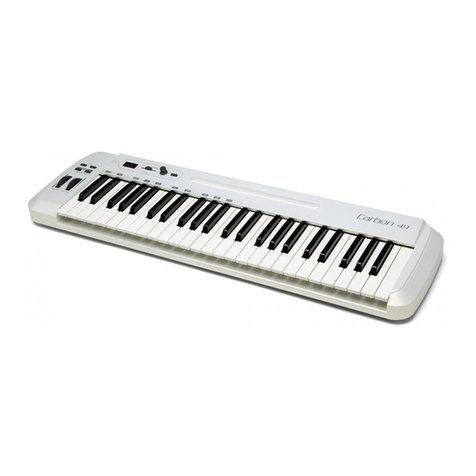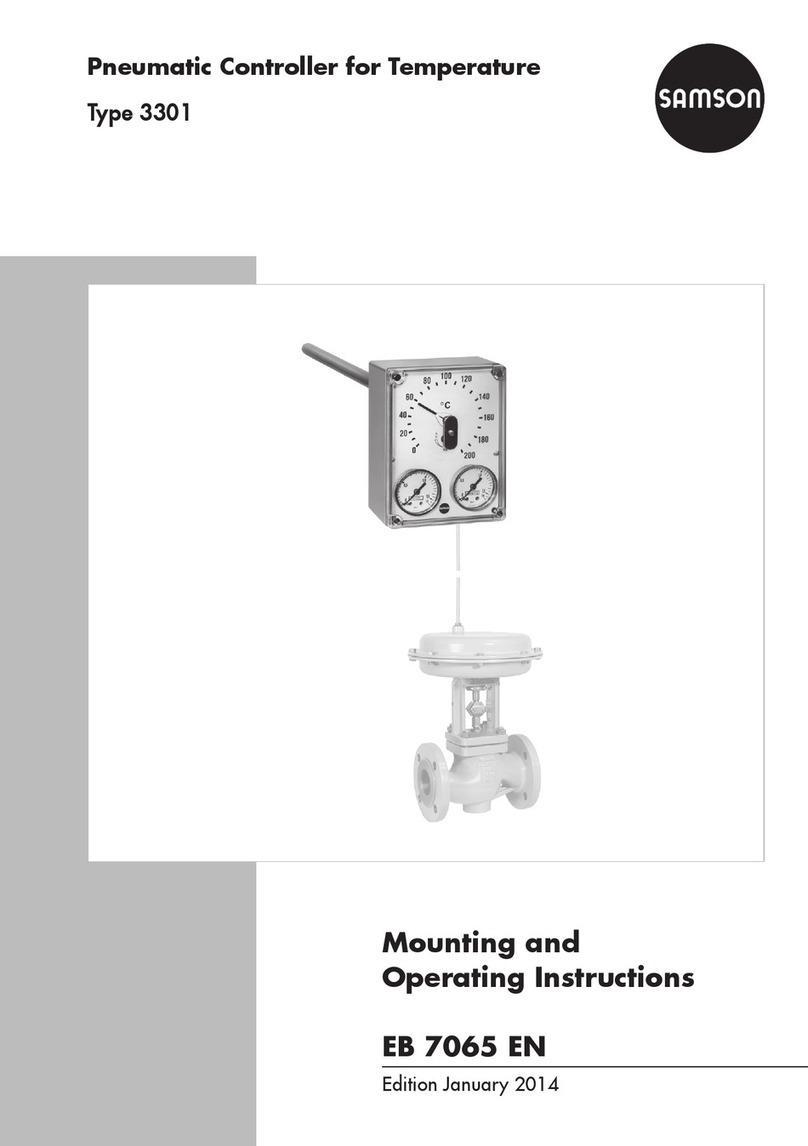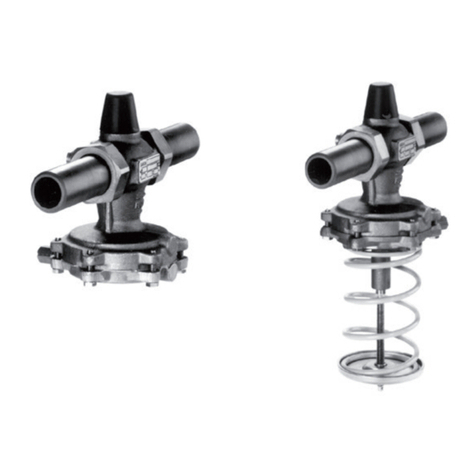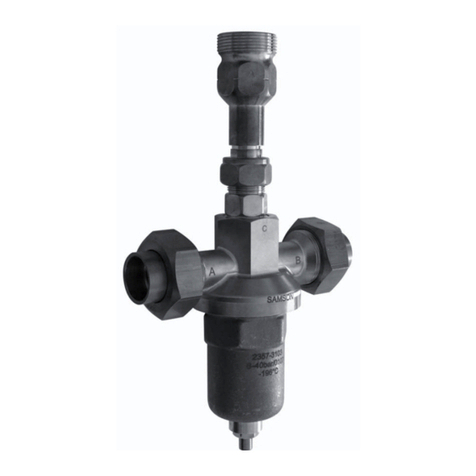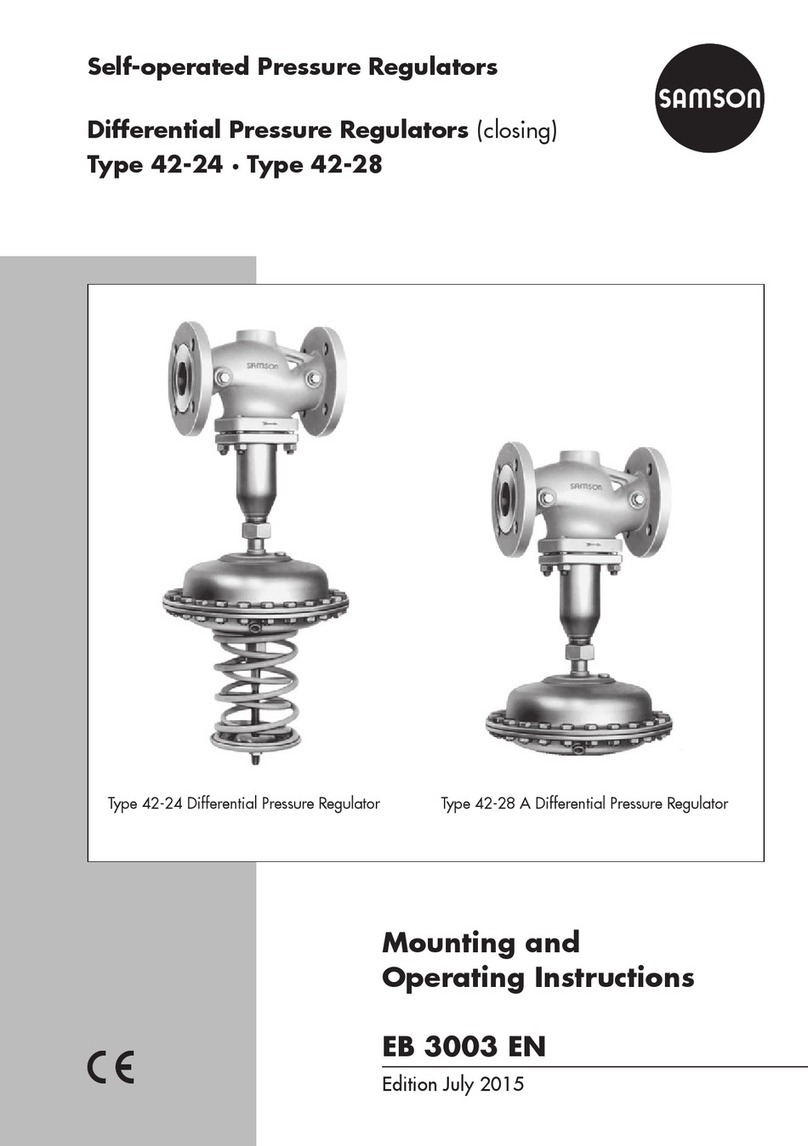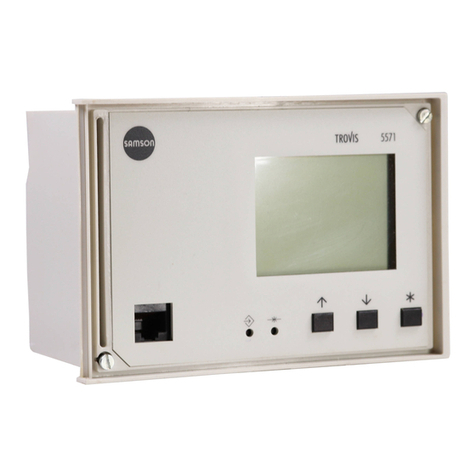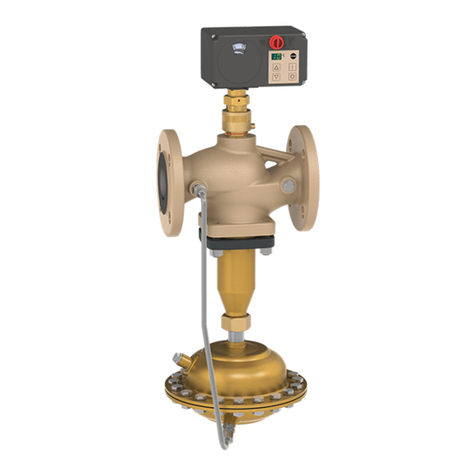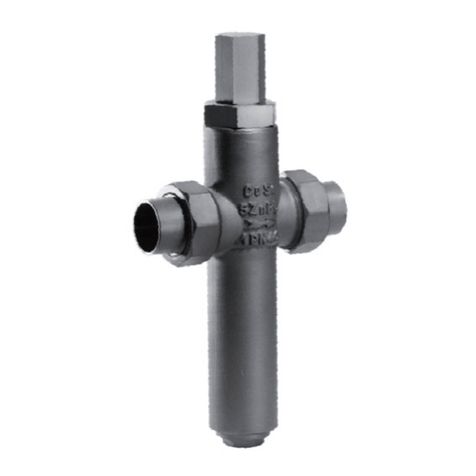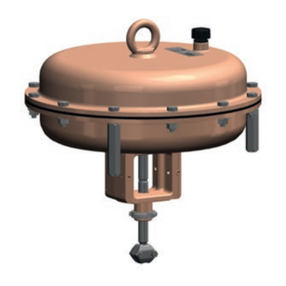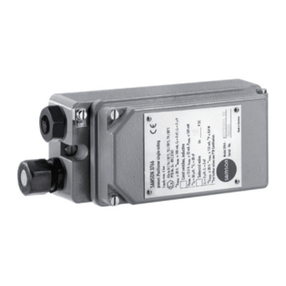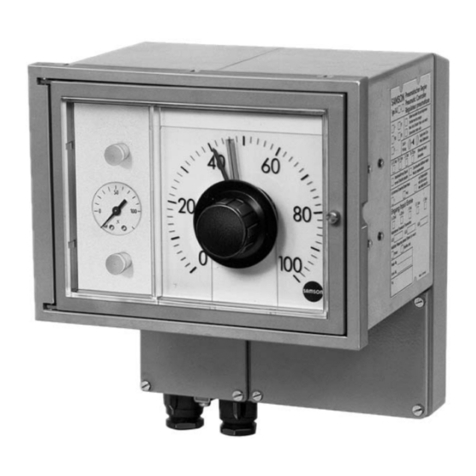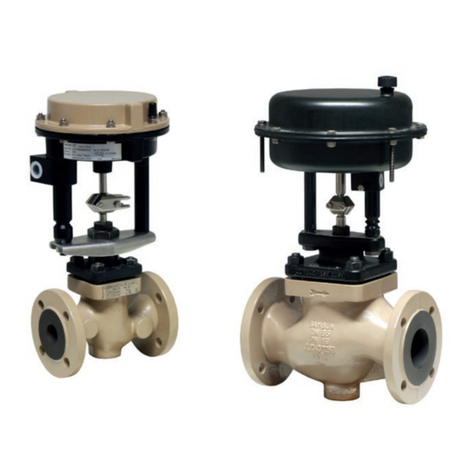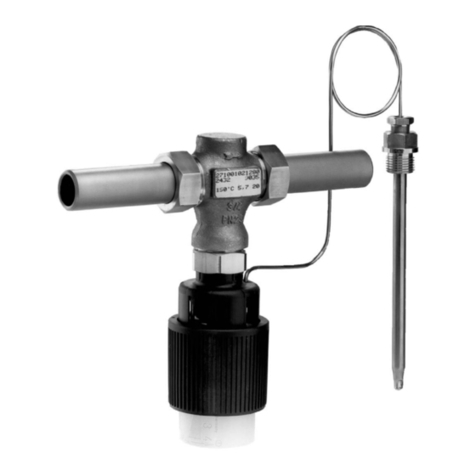
Contents
EB 5724 EN
7 Start-up and conguration..........................................................................7-1
7.1 Initializingtheactuator................................................................................7-1
7.2 Conguringtheactuator..............................................................................7-1
7.3 Quickcheck ...............................................................................................7-2
8 Operation..................................................................................................8-1
8.1 Closed-loop control.....................................................................................8-1
8.2 LED blinking pattern....................................................................................8-1
8.3 Change set point at the device .....................................................................8-3
8.4 Manual mode.............................................................................................8-4
8.4.1 Mechanical override ...................................................................................8-4
8.5 Operation using memory pen ......................................................................8-5
8.5.1 Copying function ........................................................................................8-7
8.5.2 Command mode.........................................................................................8-8
8.6 Readings in TROVIS-VIEW...........................................................................8-8
8.6.1 Operating values ........................................................................................8-8
8.6.2 Operating states .........................................................................................8-8
8.6.3 Functions....................................................................................................8-8
8.6.4 Status messages..........................................................................................8-9
8.6.5 Statistics...................................................................................................8-10
9 Malfunctions ..............................................................................................9-1
9.1 Troubleshooting ..........................................................................................9-1
9.2 Error indication by LEDs ..............................................................................9-2
9.3 Emergency action .......................................................................................9-3
10 Servicing..................................................................................................10-1
11 Decommissioning .....................................................................................11-1
12 Removal ..................................................................................................12-1
12.1 Force-locking attachment ...........................................................................12-1
12.2 Form-tattachment ...................................................................................12-1
13 Repairs ....................................................................................................13-1
13.1 Returning the actuator to SAMSON............................................................13-1
14 Disposal...................................................................................................14-1
15 Certicates...............................................................................................15-1
16 Annex......................................................................................................16-1
16.1 Accessories ..............................................................................................16-1
16.2 After-sales service.....................................................................................16-2
16.3 Congurationandparameterlist................................................................16-3
16.4 Customer-specicdata ..............................................................................16-5
